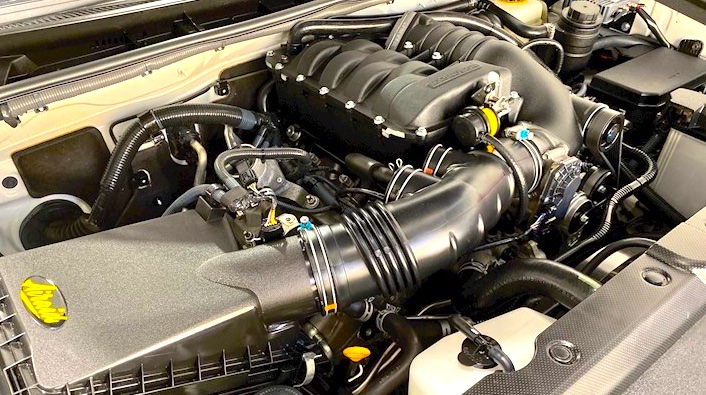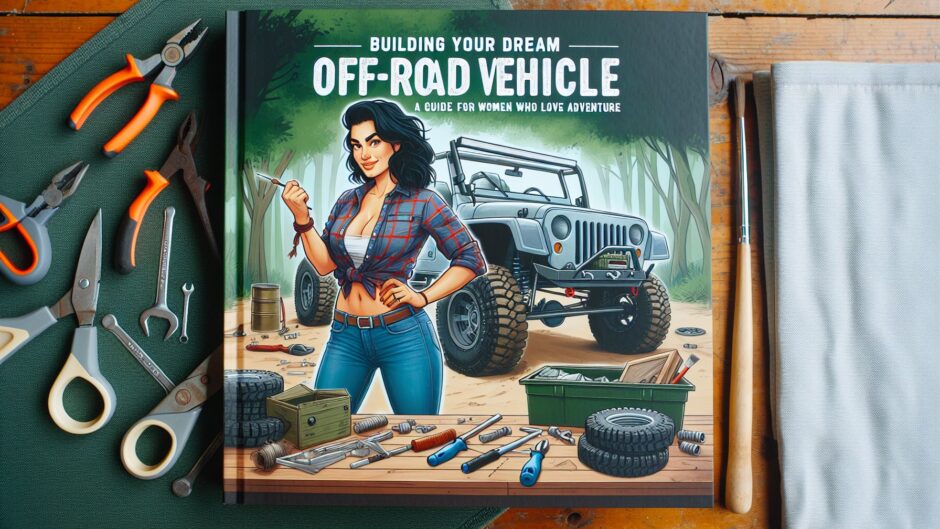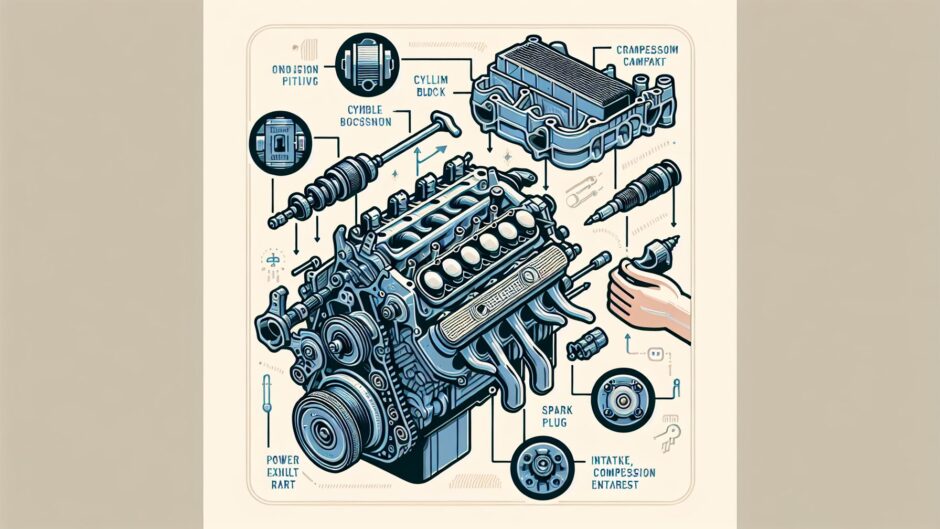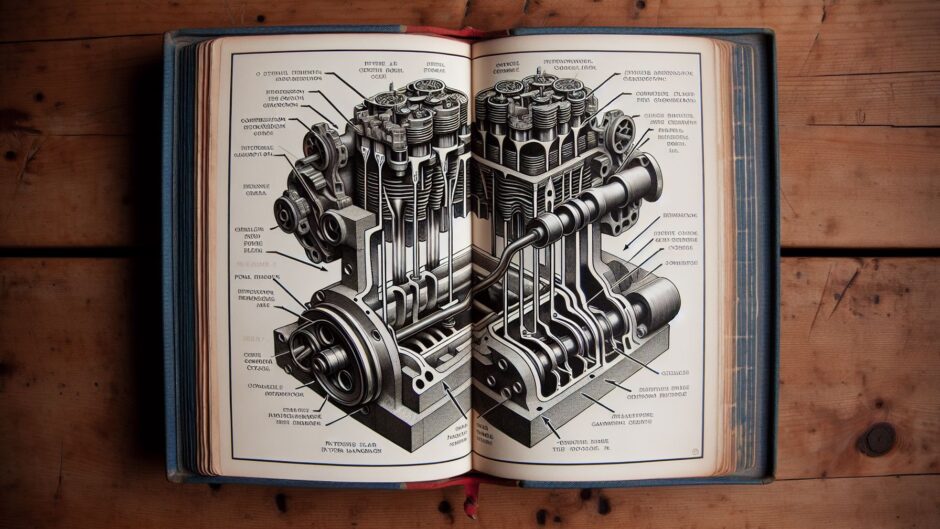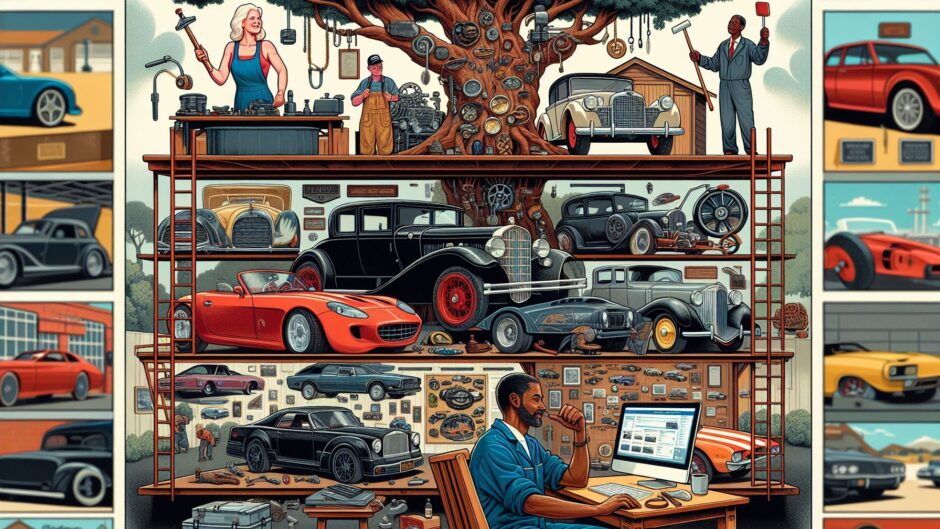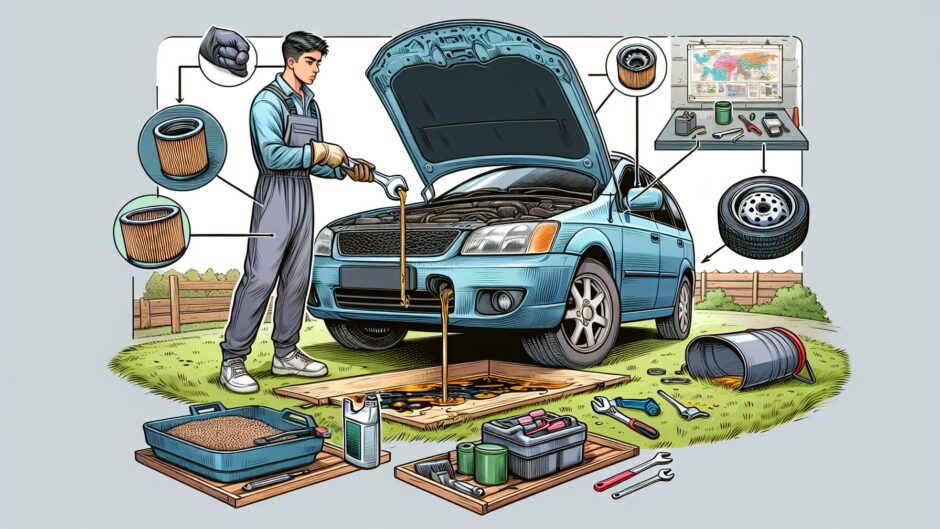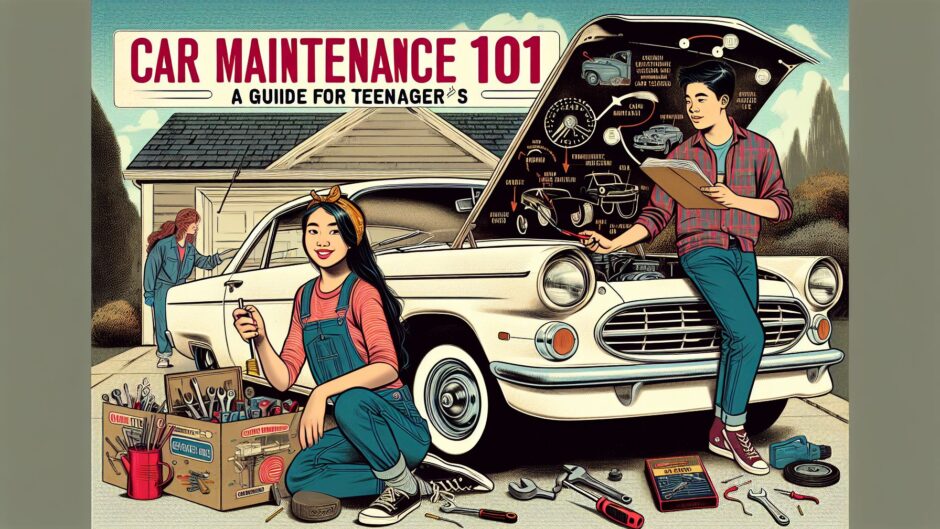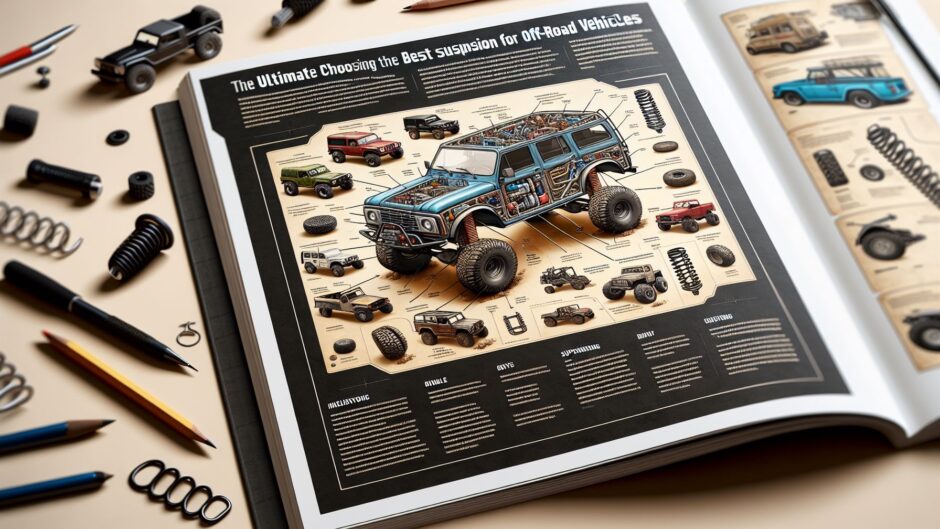Have you ever seen the movie Fast and The Furious? If you answered yes, then you know how important horsepower is to the overall performance of your vehicle. If you’re new to automotive lingo, and are just now learning about horsepower, then this article will be a great starting guide for you. We are going to jump right into getting more horsepower out of your automobile.
Side Note: If you haven’t subscribed to our newsletter, then make sure you sign up for all the new content we will be publishing in 2024! If you don’t subscribe to the newsletter, make sure you follow us on social media so you can stay caught up on all of the engine mods we will be performing in 2024. Look for us on Youtube, with some great DIY videos on improving horsepower for your engine. That said, get in, buckle up, and hold on because we are about to take you on a fast ride through the basics of engine horsepower.
If you’re looking to get more horsepower out of your engine, there are several things you can do. Increasing the compression ratio and increasing camshaft duration are two of the most effective ways to increase horsepower.
The compression ratio is the total volume of the combustion chamber when the piston is at its highest point, compared to the volume of the same chamber when the piston is at its lowest point. A compression ratio of 8:1 or 10:1 is considered ideal for most engines; higher compression ratios can lead to increased horsepower as well as improved fuel economy. However, compression ratios over 12:1 are not recommended for street engines as they can be prone to pre-ignition and detonation. It’s important to remember that a higher compression ratio also increases the amount of force required to turn the crankshaft, which in turn requires stronger internal engine components such as pistons and rods. Thus, compression ratio selection can be a balancing act between efficiency, power and durability. Ultimately, compression ratio is an important metric to consider when tuning an engine for maximum performance or fuel economy.
The camshaft is a critical component of an engine’s valve train that helps control the timing and duration at which valves open. It works in tandem with the cam followers, springs and valves to regulate air intake into the cylinder. By controlling the flow of air, camshafts can increase power output or help improve fuel economy, depending on their cam profile. As camshafts vary in design, they have different cam profiles that can produce unique performance characteristics. In addition, camshafts must also be chosen with the compression ratio of an engine in mind as higher compression ratios require more valve lift to allow for proper filling of the cylinder, Additionally, camshaft choice and camshaft timing is also critical to the performance of an engine. Camshafts can be constructed from cast iron, billet steel or forged steel and cam selection depends on the type of application they are intended for. Commercially available camshafts come in a variety of designs so it is important to choose one that best suits your application. Finally, camshafts can also be modified by grinding and polishing to help produce even more unique performance characteristics. Camshaft duration affects how long the valves remain open, which affects the amount of air and fuel that enter the combustion chamber. Increasing camshaft duration can increase horsepower levels as well. In summary, the camshaft is an essential component of any internal combustion engine as it helps determine valve timing, valve lift and compression ratio – all of which affect overall engine performance.
In addition to increasing horsepower, these modifications also enable your engine to produce more torque – a measure of rotational force – for improved acceleration and overall performance. However, be mindful that engine modifications can affect the vehicle’s overall emissions. Therefore, before making any changes, be sure to check your local regulations and take necessary steps to ensure you stay compliant with applicable laws.
While engine modifications are one way to increase horsepower, it’s also important to address the power delivery system from the flywheel to the wheels. This includes the clutch, transmission, differentials, axle ratios and any other components in between. If any of these parts are restricting horsepower output, you may need to upgrade or replace them for peak performance.
Finally, consider adding a performance exhaust system as it is much more efficient than the stock exhaust and can help increase horsepower by allowing exhaust to flow more freely. In addition, a performance intake system can also increase horsepower by providing the engine with more air and fuel.
By following these tips, you can get more horsepower out of your engine without having to resort to major modifications. Just remember to check your local regulations before making any changes and take necessary steps to ensure your engine is running in peak condition for maximum horsepower output.
Good luck!
